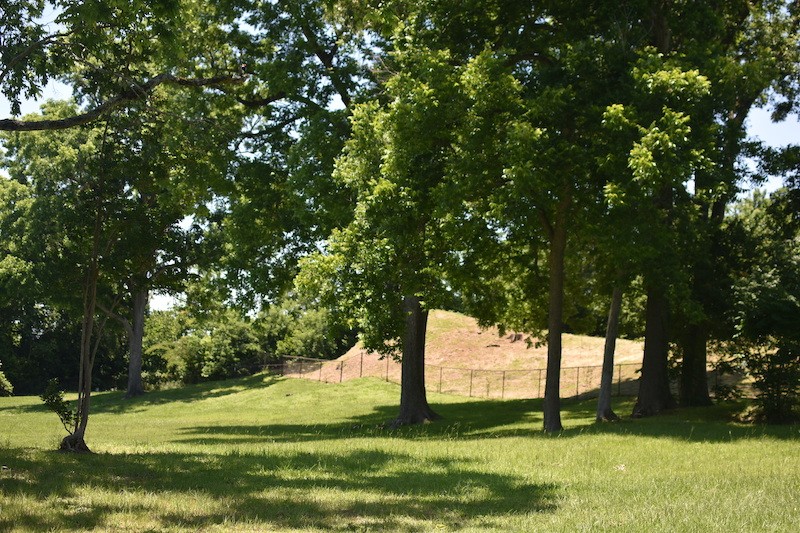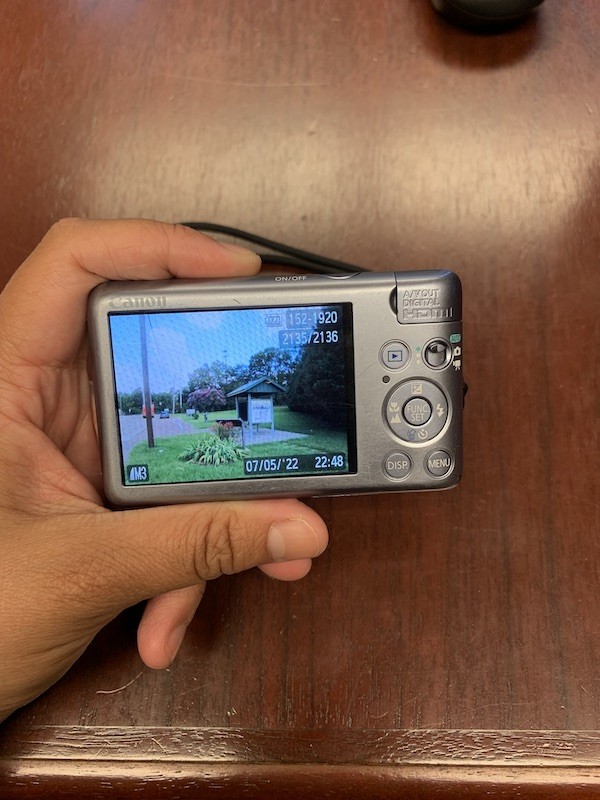Documentation as Preservation
Written by: Gabrielle McFarland
Ask any NPS superintendent in the United States Lower Mississippi Delta or Gulf Coast about how they’re adapting their park’s priorities to prepare for the climate crisis and they’ll quickly rebuff: we’re already in it. June first marked the start of the Atlantic hurricane season, a six-month period defined by the looming risk of tropical and subtropical storms. Whereas most parks in drier climates may be fine tuning restoration projects, sites like Natchez National Historical Park (NATC) are taking time in the early summer months to prioritize the preservation of park as it exists today. While tourists continue to visit and tour the grounds, park staff are actively preparing for weather-related threats to collections, structures, and landscapes.

Fort Rosalie, a Natchez National Historical Park site, sits along the riverside bluff in Natchez, Mississippi. Rain and erosion pose major threats to the cultural landscape.
This past week, my fellow Historical Research Assistant, Lucy, and I began photographing the NATC cultural resource landscapes to document park spaces and displays ahead of potential damage from inclement weather. We also recently helped the park curator finish a curatorial inventory. The assessment involved the unpacking and repacking of collections boxed and stored to prevent on-site cyclone-related water damage. Despite secure, temperature-monitored storage, archives face an existential crisis. In other words, documentation is one of the only fail-safe forms of cultural resource preservation.

Photo of the NATC Forks of the Road site taken with a park curatorial camera.
As Lucy photographed the various NATC sites and I logged the corresponding coordinates, I found myself struck with embarrassment and humility. Up until that point, I had not noticed the cycle of repair and assessment taking place around me. Maintenance workers were constantly responding to invasive vegetation and leakages while the curator worried over humidity levels and the superintendent forecasted challenges to come. To work in preservation is to function in direct defiance of time and decay. To continue on in a climate crisis is an acceptance of never-ending change and a show of the uniquely human drive to maintain cultural resources.
Interested in conservation efforts and want to learn about American Conservation Experience? If so, click here to view our programs, including our Conservation Crew and Emerging Professionals in Conservation (EPIC) programs. Click here to view conservation project locations across the United States.